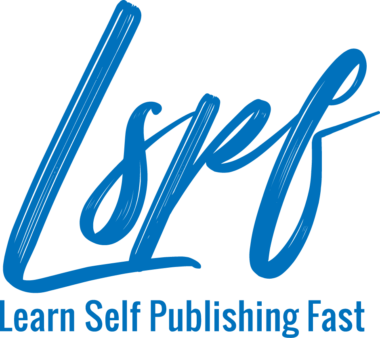Is edit a four letter word?

Editing can be a daunting process, but it doesn’t have to be. I used to loathe the editing phase of a book, but after slogging through a few books of trial and error, it’s not so bad. (It will never be my first love, but now I can approach it without terror!)
We’ve all read articles and books about how to edit. But have you ever considered that how you draft your manuscript will often dictate the approach you take when it’s time to edit?
Are you a plotter? Or do you write by the seat of your pants. Those two vastly different styles will produce manuscripts that will require varied kinds of editing attention.
In case you don’t know the difference between plotters and those who write by the seat of their pants (aka pantsers), here’s a quick primer. Plotters sit down with an idea and plan their novels before they ever begin writing. There are varying degrees of plotting. Some plan down to the scene level, hashing out every possible detail about characters, story arc, etc. before they write. Others outline but in a more general way. They might know their story structure (plot points, general direction of story) and whether the guy gets the girl, but they don’t necessarily break it down into chapter outlines. Then there are those who have an idea in their head and sit down at the computer and begin to write. You got it–that would be a pantser. Often times they don’t know how the story will end until they get there.
You can see that you might have different editing needs with these hugely different styles! Here are some tips to consider when editing based on your writing style.
Are you a plotter? This next section’s for you. If you are a pantser, it’s okay, keep reading anyway. You might get something useful. Your time is coming, don’t worry!
In all your scheming up front, you probably mapped out a plot arc, maybe a sub-plot or two. Maybe you even drew some beautiful mind maps with character growth arcs. I know you plotter types! You love color coding and spread sheets. You plan, plan, plan.
Then you write. If all went well, you have a flushed out, well-designed story that has rhythm and your characters have depth.
Now, look at the draft once again—this time with feeling. Sometimes those writers who plot really well lose a little in the translation of writing all those plans down. It can feel a little stiff. Sometimes you are so focused on executing your plan that you lose the heart of the story.
Read your manuscript from start to finish, looking for emotion. Did your intent for the story come through? Do your characters feel canned or cliche?
Once your story conveys the emotion you intend, take another pass looking for all the usual suspects.
If you are a pantser, you will be facing a different set of issues. When you wrote your first draft without a plot, your draft became the plan. A super wordy plan, but that’s okay. Now you have a plan. You probably also have a great story world built or some really interesting accidental character development going on. When we write by the seat of our pants, we often lead with our emotions.
So, your first pass after completion is going to focus on…drum roll, please….the PLAN!
Don’t panic, though, I see the terror in your eyes and I hear your heartbeat speeding up. A plan is not the same thing as being locked away in novel prison.
You’ve captured the heart of your story, or at least you are catching up to it, but you need the proper structure in order to get the rhythm down. You want your story to flow. If you spend half the book introducing your characters and your story world (with feeling!), you might be missing some critical plot points that keep the story moving at a good pace.
Do you see what we’re doing here? It really goes beyond whether you plot in advance or make your story up as you go. It has more to do with your strengths as writer. Whatever you naturally do in the first draft, you have to go looking for your weaknesses in the second (and third, etc.) pass.
Avoid the temptation to copyedit and agonize over a thesaurus to select just the right word until you’ve got the bones of your story in place. And what bones you have in place after your first draft will depend entirely on where you tend to begin with a story.
I’m here to tell you that however you first approach a story…it’s not wrong. It’s just your way. Just don’t forget about the rest of critical elements of story. Recognizing your strengths and weaknesses is essential in growing your skills. Continue rocking what you do well, and find ways to improve where you can!
Good luck, writers!

For more help with your writing, check out Bibliocrunch’s FREE (for a limited time) publishing guides!


Comments